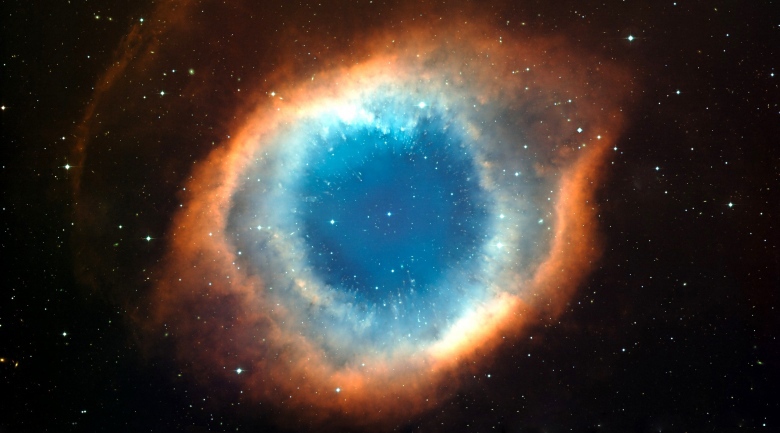
Buried deep in the Antarctic ice, an observatory has spotted ghostly, nearly massless particles coming from inside our galaxy and points beyond the Milky Way. Finding these cosmic neutrinos not only confirms their existence but also sheds light on the origins of cosmic rays, the researchers said.
The IceCube Neutrino Observatory is made up of 86 shafts dug 8,000 feet into the ice near the South Pole. The shafts are equipped with detectors that look for the telltale light from high-energy particles plowing through the surrounding ice. Neutrinos have little mass, and zip through matter so easily that a block of lead a light-year across wouldn’t stop them. These elusive particles come from high-energy sources: exploding stars, black holes and galactic cores among them.
Though they don’t interact much with matter, occasionally one will hit an atomic nucleus on Earth. When that happens the neutrino generates a particle called a muon. That’s what scientists look for when seeking neutrinos, the muons move faster than the speed of light in a solid (ice in this case) and generate light waves, like the wake of a boat in water, called Cherenkov radiation. They also show the paths of the neutrinos. (The speed of light is constant in a vacuum, but it is slower in a medium like ice or glass, this is what causes refraction. So the muons aren’t actually breaking the speed of light limit).
The IceCube project found neutrinos from outside our galaxy in 2013, but to confirm that detection the researchers, led by a team at the University of Wisconsin-Madison, had to make sure these neutrinos weren’t coming from sources within our own galaxy (such as from the sun). To do so, they looked for neutrinos with similar energies that were coming from all directions at the same rate, meaning they are independent of the Earth’s rotation and orbit around the sun, the only way that can happen is if the source is outside the galaxy.
Possibilities of their origin are galaxies going through bouts of rapid star formation, or masses of gas and dust that surround black holes at the galactic centers. As atoms get pulled into the maw of a black hole, they slam into each other more often at higher energies. Eventually some produce pions, neutrinos and photons. If that were the case, Karle said, then one would expect a nearly one-to-one ratio of high-energy neutrinos to accompanying photons. But that hasn’t been confirmed or refuted yet.
